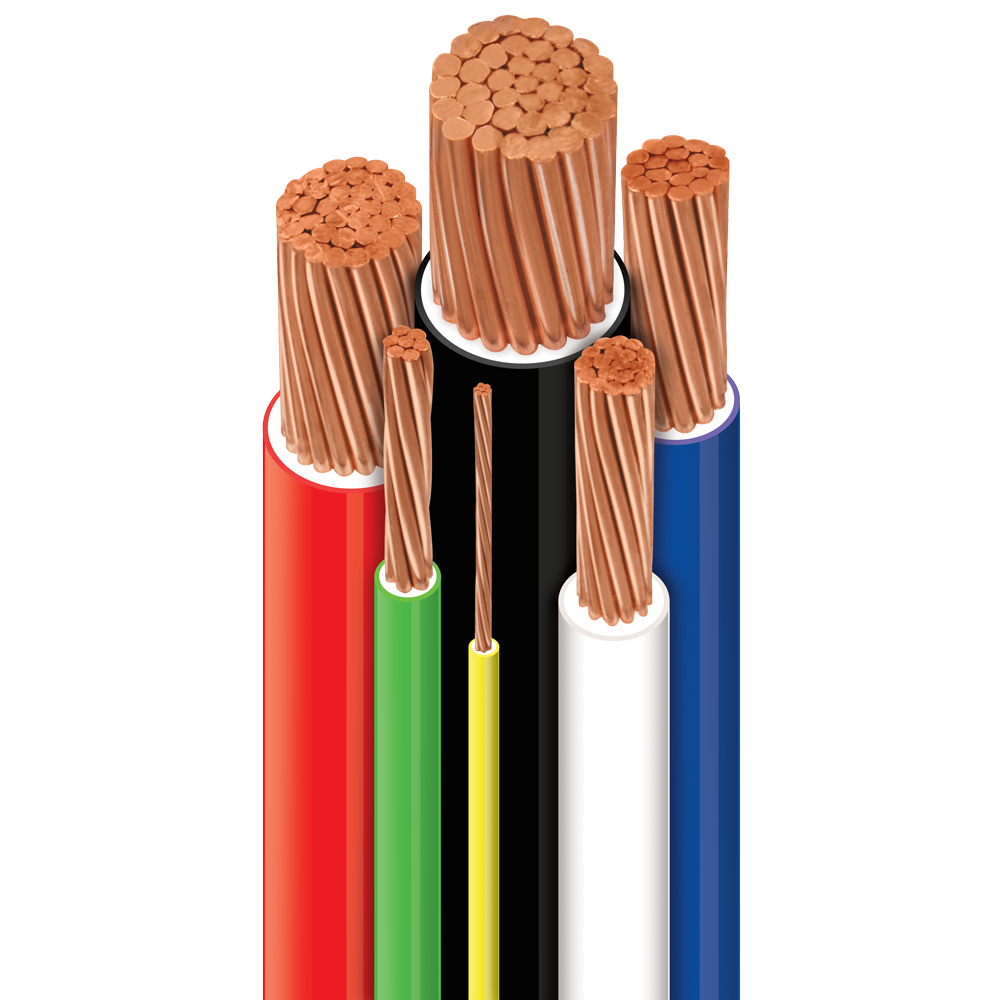When it comes to house wiring, selecting the right cable is crucial for ensuring safety, efficiency, and longevity of the electrical system. With a variety of options available in the market, it can be challenging to determine which cable is best suited for your specific needs. In this comprehensive guide, we will explore the key factors to consider when choosing house wiring cables and discuss the most suitable options for different applications.
- Understanding the Basics of House Wiring Cables
House wiring cables are designed to carry electrical current from the power source to various electrical devices and appliances within a building. They are typically composed of conductors, insulation, and protective sheathing. The most common types of house wiring cables include non-metallic (NM) cables, underground feeder (UF) cables, and armored cables. - Factors to Consider When Choosing House Wiring Cables
a. Electrical Load: The cable selected should be capable of handling the maximum electrical load anticipated in the specific area of installation. It's essential to calculate the total wattage of all connected devices to determine the appropriate cable size and capacity.
b. Environmental Conditions: Consider the environmental factors such as moisture, temperature, and exposure to sunlight, as these can impact the performance and lifespan of the cable. For outdoor or underground installations, cables with enhanced weather resistance and durability are recommended.
c. Building Codes and Regulations: Compliance with local building codes and regulations is paramount. Different regions may have specific requirements regarding the type, size, and installation methods of house wiring cables to ensure safety and reliability. - Types of House Wiring Cables
a. Non-Metallic (NM) Cables: Also known as Romex cables, NM cables are commonly used for residential wiring. They consist of two or more insulated conductors and a bare ground wire, encased in a moisture-resistant plastic sheathing. NM cables are suitable for dry indoor locations and are available in various sizes to accommodate different electrical loads.
b. Underground Feeder (UF) Cables: UF cables are designed for direct burial or installation in wet locations. They feature solid or stranded conductors with a tough, moisture-resistant outer jacket, making them ideal for outdoor lighting, underground circuits, and other applications where exposure to moisture is a concern.
c. Armored Cables: Armored cables, such as BX and MC cables, are constructed with a flexible metal sheath that provides mechanical protection and grounding. They are commonly used in commercial and industrial settings where additional durability and protection against physical damage are required. - Conclusion
In conclusion, selecting the right cable for house wiring is essential for ensuring the safety and reliability of the electrical system. By considering factors such as electrical load, environmental conditions, and compliance with regulations, homeowners and professionals can make informed decisions when choosing house wiring cables. Whether it's NM cables for indoor applications, UF cables for outdoor installations, or armored cables for industrial settings, the appropriate cable selection is crucial for a well-functioning electrical infrastructure.
